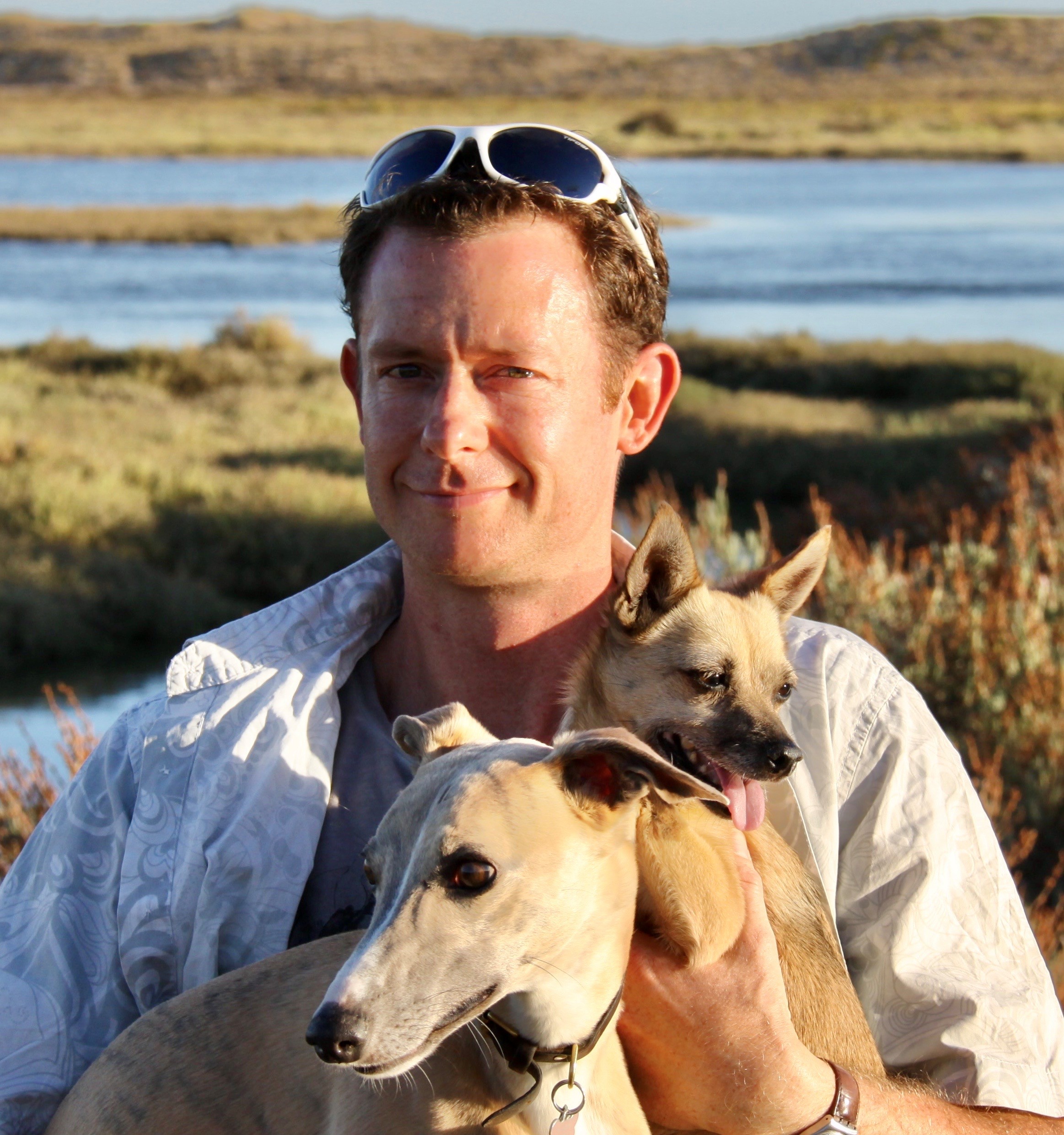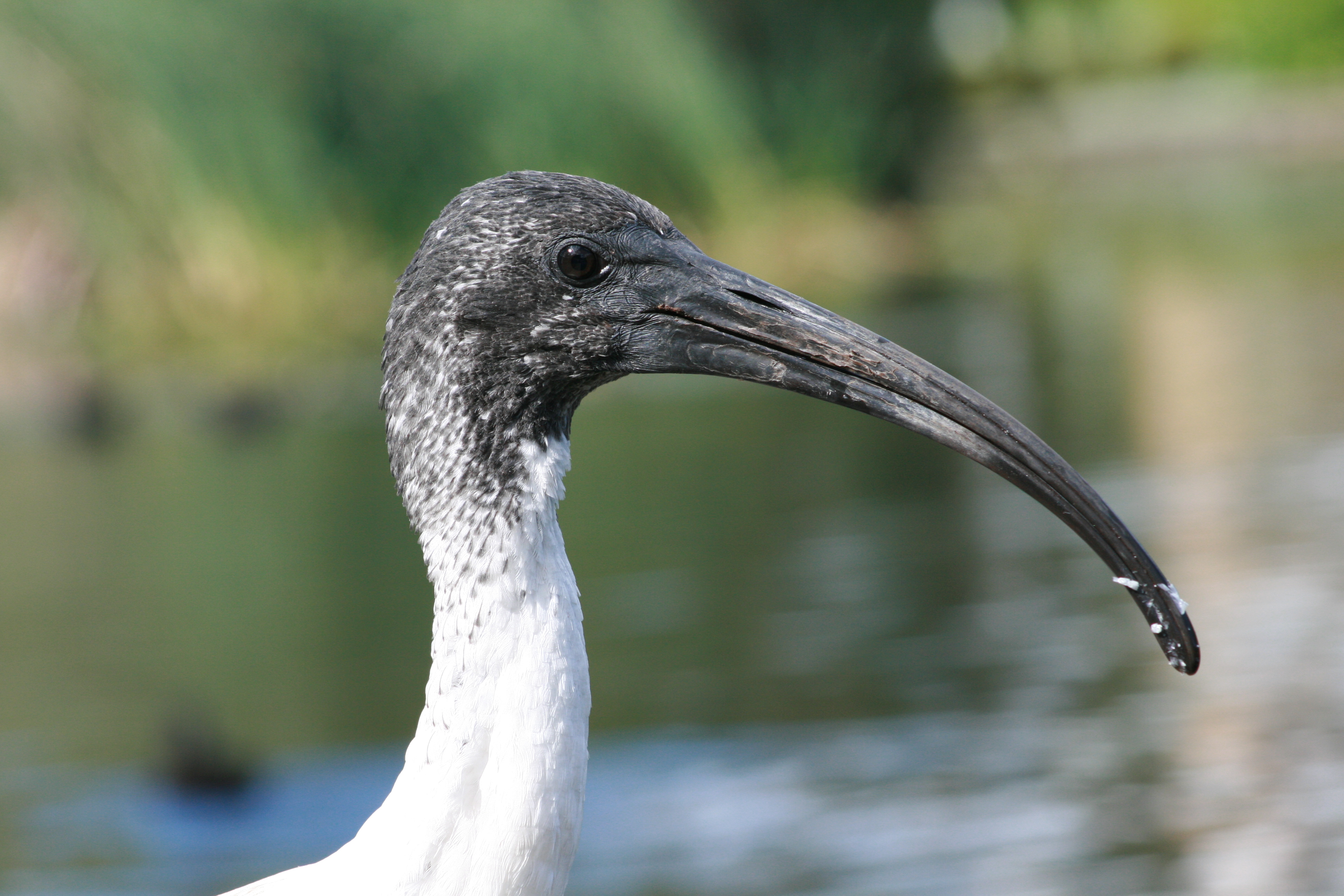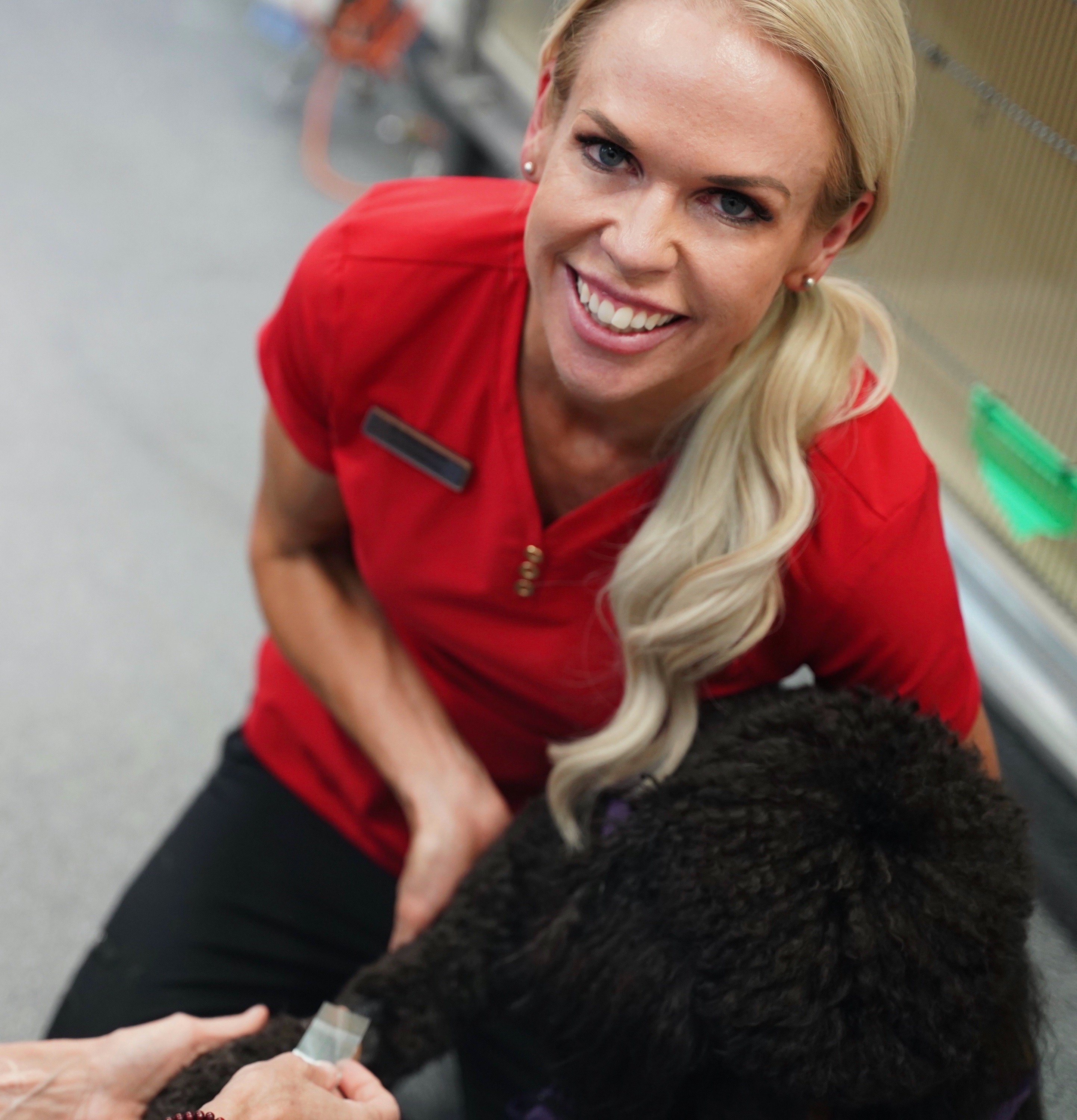For the first time, A Day in the Life heads to our national capital, Canberra, to meet Andrew Breed. A veterinary epidemiologist, Breed loves living in Canberra because he is a big fan of birdwatching, camping, mountain biking and generally getting into the outdoors. His interest in epidemiology, zoonoses and disease investigation was sparked while he was studying for his veterinary science degree at Murdoch University between 1992-1996, which coincided with Hendra virus emerging in Queensland and Bovine Spongiform Encephalopathy (more commonly known as BCE or Mad Cow Disease) being linked to human disease in the UK. Now, this not-so-typical veterinarian is also a not-so-typical public servant, heading up the epidemiology team of the of the Australian government’s Department of Agriculture, Fisheries and Forestry (DAFF).
Breed began his veterinary career in private practice in Australia and the UK and branched into zoo and wildlife clinical work before moving onto research and epidemiology. He completed a Masters degree in Wild Animal Health at the Royal Veterinary College and Institute of Zoology in London in 2001-02, though was able to spend part of this degree in Queensland doing field and laboratory work on Hendra virus. A PhD followed, when Breed was awarded a scholarship with the Australian Biosecurity Cooperative Research Centre (CRC) to study the epidemiology of Hendra and Nipah viruses at the University of Queensland in 2005. “I had wonderful supervision and support from Joanne Meers, Hume Field and Steve Donnellan,” Breed said. “I learned a huge amount about science, research and government animal health work.”
Following his PhD, Breed spent eight years working in the epidemiology team at the UK’s Central Veterinary Laboratory. “I also had exciting opportunities to work with colleagues in northern Australia, Papua New Guinea, Timor-Leste, Indonesia, Malaysia and Thailand,” he said. “I was awarded diplomate status by the European College of Zoological Medicine in 2010, specialising in wildlife population health, and then became a Member of the Australian and New Zealand College of Veterinary Scientists Epidemiology Chapter in 2019.
In 2017, Breed moved to Canberra with his wife and two children and took up his current role at DAFF. “We provide national leadership and coordination for animal health epidemiology and surveillance, working closely with colleagues in jurisdictional governments, academia and industry,” he explained. “This involves generating and interpreting evidence to inform decision making and policy development for animal disease outbreak preparedness and response.”
A typical day for Breed begins with him checking in with colleagues located at their main office in Canberra, and also with team members working for DAFF in rural Victoria and NSW, along with Sydney and Brisbane. He then moves on to working on one of the projects currently being tackled by the team, such as making epidemiological models for diseases like lumpy skin disease, African swine fever, and foot and mouth disease. Breed might then turn his attention to analysing data on avian influenza with colleagues from overseas to develop guidelines for outbreak response. He cycles home at the end of the day which, he said, “gives me some fresh air and exercise, and allows me to forget about work before arriving home to my family.”
Much of Breed’s work requires him to take an epidemiological perspective, which is quite different from the individual case by case diagnostic approach required by regular veterinary practice. “I’m generally trying to solve health and disease problems at the population level, which means taking in the ‘big picture’ and delivering longer-term projects and programs,” he said. “However, there are times, when I’m required to contribute to outbreak responses, which can be pretty intense and very fast-paced.”
Occasionally, Breed finds the slower pace of long-term projects to be challenging. “The rewards and impacts of these programs are not always apparent on a daily basis,” he said. “I’ve had a love of nature and an interest in animals for as long as I can remember, but I no longer get to save lives the way vets do in clinical practice.” That said, Breed finds combining his veterinary experience with his current projects ultimately rewarding. “I love using epidemiological science to seek out the truth about the cause and pattern of disease in animal populations, and then using this information to improve animal health,” he said. “Most of my work is very collaborative, and we can share the results via meetings and publications so anyone can benefit from our investments and hard work.”
And now, as always, we conclude our Day in the Life of Andrew Breed with our Creature Questions:
Do you currently have any pets?
Yes, quite a few! We have two dogs, a cat, two rabbits, three guinea pigs, a carpet python, a tree frog, three chickens and a pony. Luckily, my wife and kids love animals and they do much of the animal care.
What is your favourite animal?
If I had to choose a favourite animal, it would probably be one of the flying-foxes or other fruit bats. I’ve been so fortunate to observe and learn about these highly intelligent animals through my work in Australia, Asia, Africa and Europe. I love the way their complex social behaviour can be easily observed at their roost sites.
If you could transform into any animal, what would you be and why?
I’d choose to be a dolphin. I love surfing and fishing but am not very good at either, so it’d be great to be a dolphin for a while and be naturally adept at both!
Jai Humel




